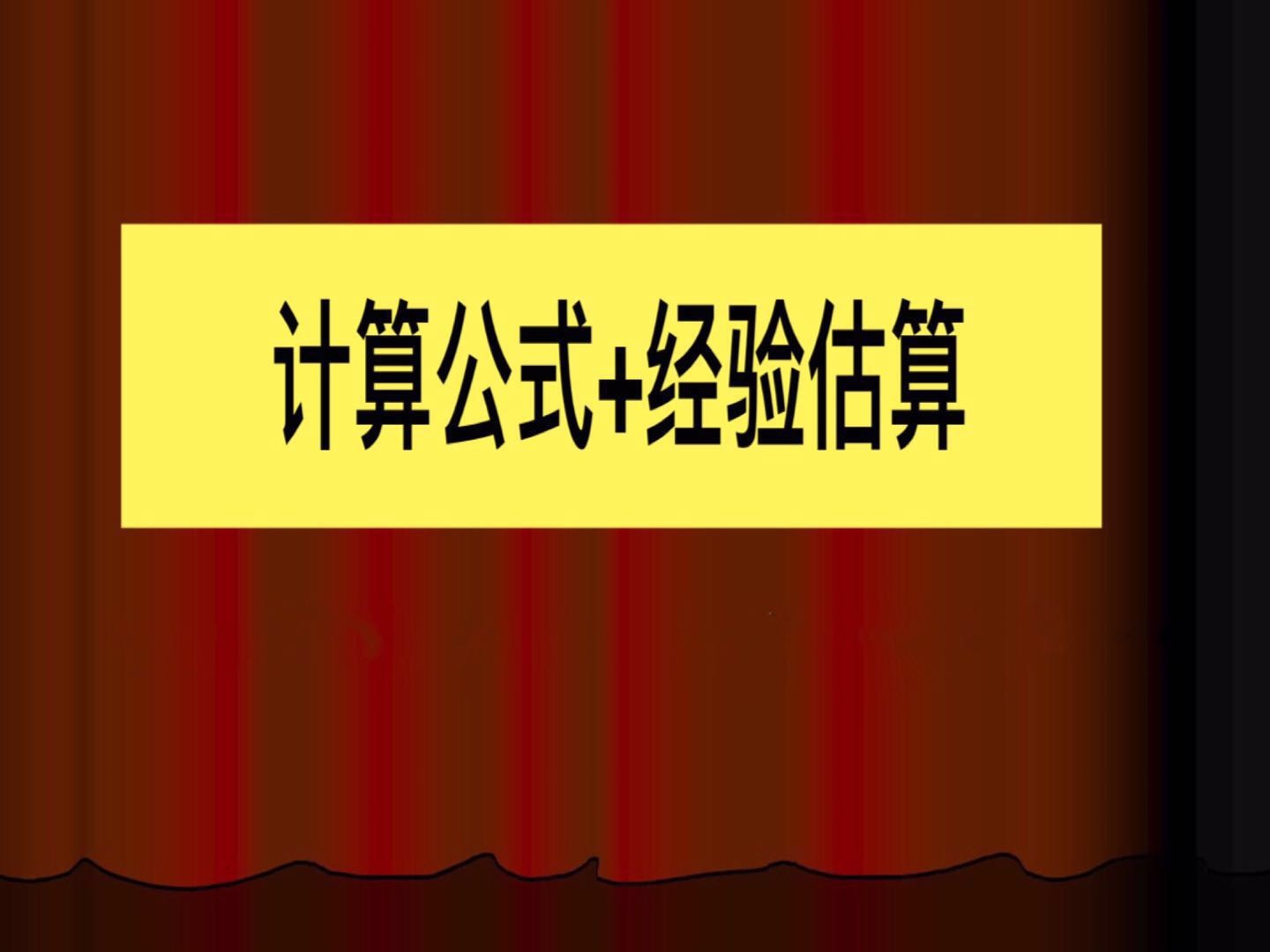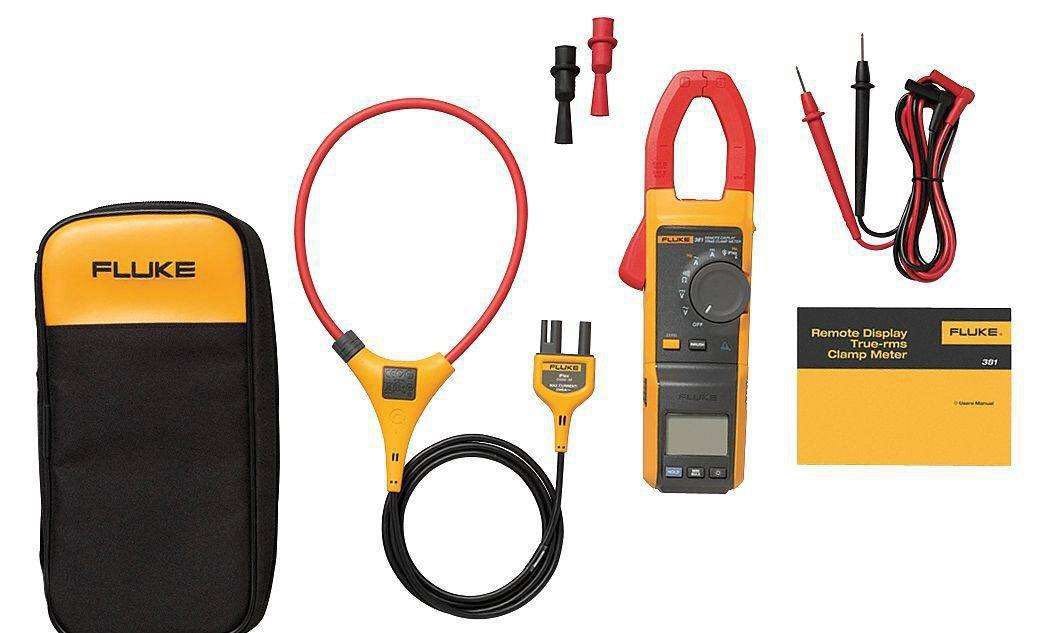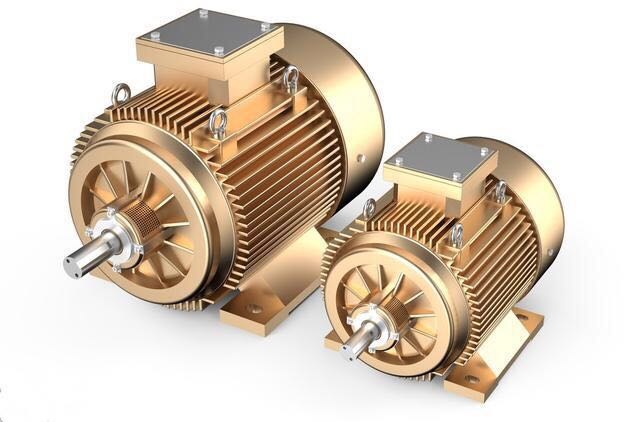Electrician: Calculation method of rated current of motor! The old electrician told you to calculate the current.
Time:2024-04-19
Views:161
In the work of electric power operators, it is inevitable to contact the motor, and the size of the rated current and working current of the motor directly affects the use parameters and efficiency of the motor. The calculation of the rated current of the motor is also the basic knowledge of the motor, but in the actual work, there are some electricians who are not skilled in calculation, and ask colleagues around them will feel embarrassed, this time is very embarrassing! In fact, calculating the rated current of the motor is very simple, and the following are several methods to use:
 1. Academic School: Calculation formula.
1. Academic School: Calculation formula.

1. Calculation formula of rated current of three-phase motor:
P = 1.732 UIcos
(Power factor: resistive load =1, inductive load 0.7 ~ 0.85, P= power: W)
2, single-phase motor rated current calculation formula:
P=UIcos
The selection of the protective air switch should be based on the load current. In general, the capacity of the protective air switch is about 20 to 30% larger than the load current.
3. General calculation formula.
P1.732IU Power Factor Efficiency (three-phase)
Single phase not multiplied by 1.732(square root of 3)
The selection of the protective air switch is generally 1.2-1.5 times the overall rated current.

Second, empirical school: empirical formula.

Second, empirical school: empirical formula.
1. Empirical formulas are classified according to voltage:
380 volts, 2A per kilowatt.
60 volts, 1.2 amps per kilowatt.
3000 volts, 4 kW 1A.
6000 volts, 8 kilowatts 1A.
2, the empirical formula is classified according to power:
Above 3KW, current =2* power;
3KW and below current =2.5* power.
Understand the calculation method of the rated current of the motor, we give an example to analyze the calculation: the rated current calculation of 15KW three-phase motor.
1, the empirical formula to calculate the current I: 15 2=30 current.
2. College formula calculation: P=1.732 IU power factor efficiency (both power factor and efficiency are 0.9), U=380, P=15,000, the available current I=28.1 current can be calculated by substituting the formula.



Third, the concept of rated current.
1. Ac three-phase four-wire power supply, line voltage 380, phase voltage 220, line voltage is the root three-phase voltage.
2. For the motor, the voltage of A winding is the phase voltage, the voltage of the conductor is the line voltage (refers to the voltage between phase A, phase B and phase C), the current of a winding is the phase current, and the current of the conductor is the line current.
3. Motor star connection: line current = phase current; Line voltage = root 3 phase voltage. The tails of the three windings are connected, and the potential is zero, so the voltage of the winding is 220v.
4. When the motor is connected at the corner: line current = root 3 phase current; Line voltage = phase voltage. The winding is directly connected to 380, and the current of the wire is the vector sum of the current of the three windings.
5. Clamp ammeter card to measure line current on any line A, B, C.

Fourth, supplementary motor basic knowledge:
1, rated voltage of the motor.
The voltage of the motor when it is working normally.
2, rated current of the motor.
The current of the motor in normal operation (at rated voltage).
3, rated power of the motor.
The power of the motor during normal operation (at rated voltage and rated current).
4, the difference between the rated power and actual power of the motor:


The rated voltage means that the motor is in optimal working condition at this data. The rated voltage is fixed and the allowable deviation is 10%. The actual power and current of the motor vary with the size of the load being dragged. If the drag load is large, the actual power and current are large; If the drag load is small, the actual power and current are small.
The actual power and actual current are greater than the rated power and rated current, the motor may overheat and burn;
The actual power and actual current are less than the rated power and rated current, resulting in material waste.
|
Disclaimer: This article is transferred from other platforms and does not represent the views and positions of this site. If there is any infringement or objection, please contact us to delete it. thank you! |











